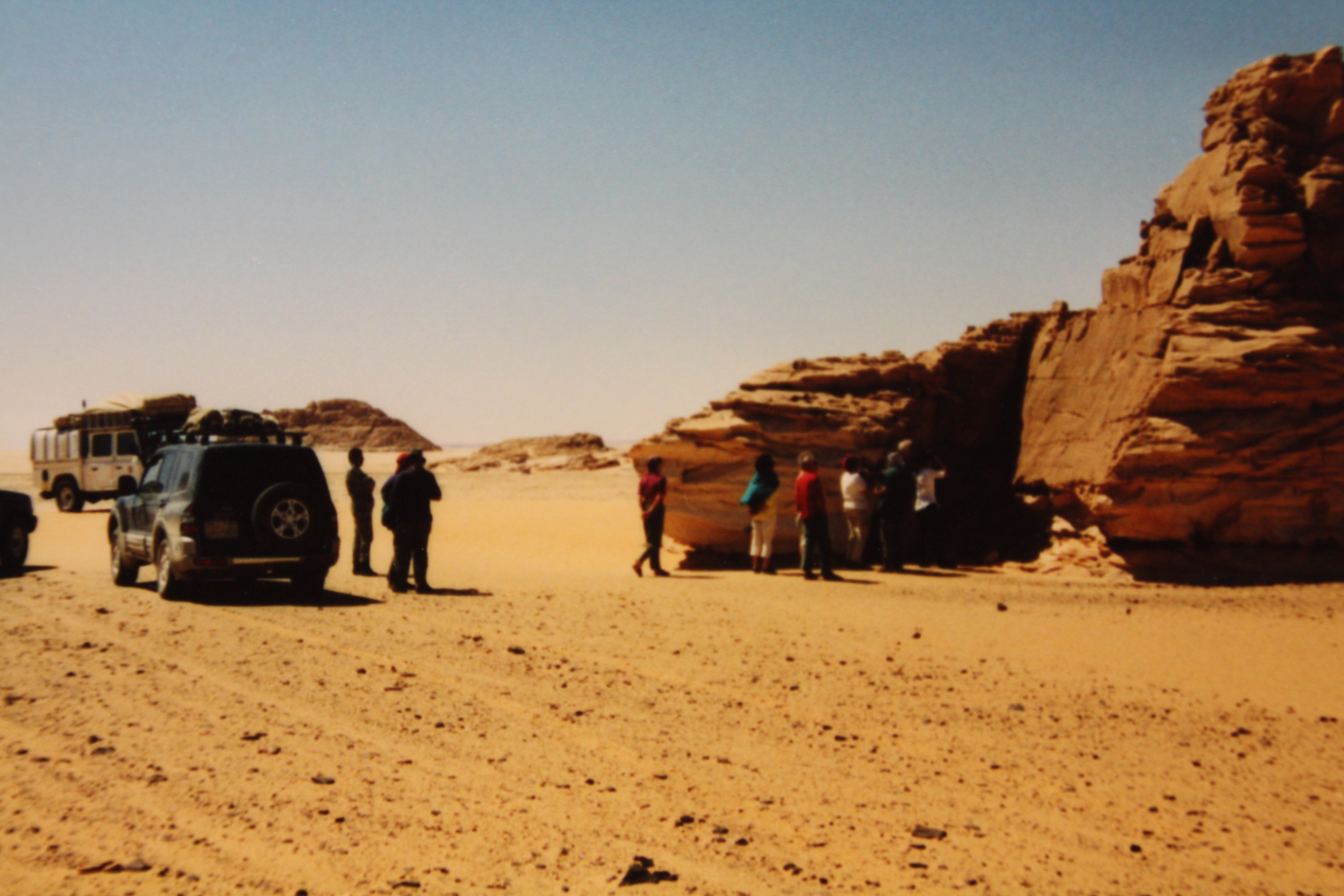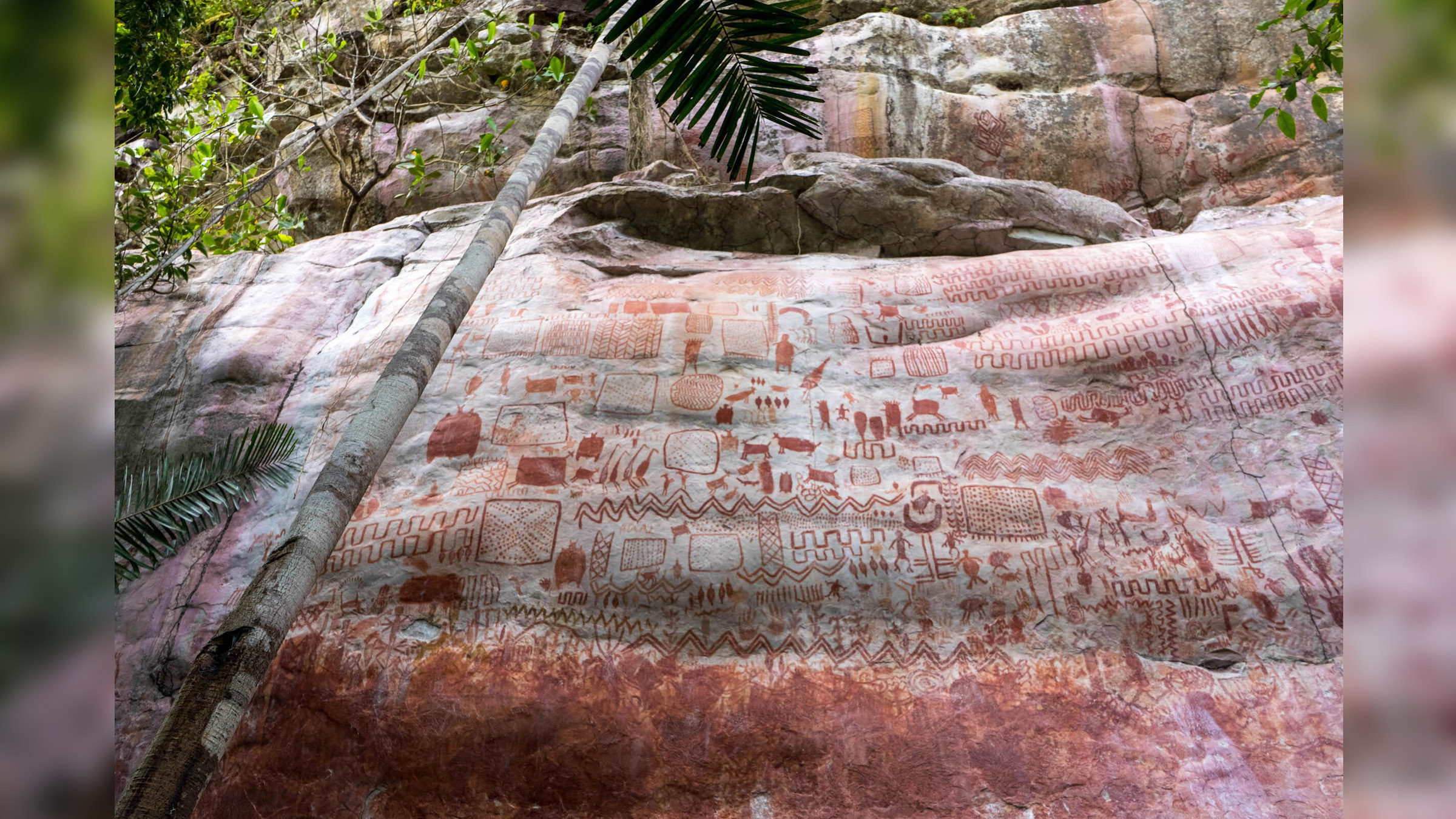The Rock Age: Exploring The Era That Shaped Our World
Hey there, fellow history buffs and curious minds! If you’ve ever wondered about the incredible journey of rocks and minerals throughout time, you’ve landed in the right place. The Rock Age is not just a cool-sounding phrase; it’s a fascinating period that laid the foundation for human civilization as we know it today. From ancient tools to modern-day skyscrapers, rocks have played a pivotal role in shaping our world. So, buckle up because we’re diving deep into this rocky adventure!
Now, you might be thinking, "What’s so special about rocks anyway?" Well, my friend, rocks are more than just chunks of Earth's crust. They’re like time capsules that hold secrets of the past, present, and even the future. The Rock Age refers to a period in prehistory when humans first started using rocks to create tools, weapons, and shelters. It’s a story of survival, innovation, and human ingenuity.
This article isn’t just another boring history lesson. We’re going to explore the Rock Age in a way that makes you say, "Wow, I didn’t know that!" By the end of this read, you’ll have a newfound appreciation for rocks and their impact on human evolution. So, let’s get started and uncover the mysteries of the Rock Age together, shall we?
- Whats The Deal With An Upside Down American Flag Heres The Lowdown
- June 21 Zodiac Sign Unveiling The Mystical World Of Cancer
Table of Contents
- What is the Rock Age?
- The Beginning of Stone Tool Use
- Types of Stone Tools
- The Role of Rocks in Human Evolution
- Famous Rock Sites Around the World
- Modern Uses of Rocks
- How to Identify Rocks
- The Rock Age and Climate Change
- Fun Facts About the Rock Age
- Conclusion
What is the Rock Age?
The Rock Age, also known as the Stone Age, is a period in human history that spans millions of years. It’s divided into three main phases: the Paleolithic, Mesolithic, and Neolithic periods. During this time, early humans relied heavily on rocks for survival. Think about it—no metal, no plastic, no high-tech gadgets. Just good ol’ rocks!
In the Paleolithic era, humans crafted simple tools like hand axes and scrapers. As they evolved, so did their tools. The Mesolithic period saw the introduction of smaller, more refined tools, while the Neolithic era brought about advancements like farming and pottery. It’s like watching a movie where humans go from cavemen to early farmers in a few million years.
But why does this matter? Well, the Rock Age is a testament to human adaptability and creativity. It shows how our ancestors used what was available to them to thrive in harsh environments. So, next time you see a rock, remember that it might have once been a life-saving tool for someone thousands of years ago.
- Eagles Nes A Nostalgic Journey Through The Iconic Gaming Era
- Courtney Lopez The Rising Star Whos Making Waves In Entertainment
The Beginning of Stone Tool Use
When Did It All Start?
Scientists believe that the use of stone tools dates back over 3 million years. The earliest evidence comes from sites in Africa, where archaeologists discovered primitive tools made by our early ancestors, the Homo habilis. These tools were simple but effective, used for tasks like cutting, smashing, and scraping.
Imagine this: a group of early humans sitting around a campfire, chipping away at rocks to make tools. It’s not just about survival; it’s about problem-solving. They figured out that by shaping rocks in certain ways, they could make them more useful. Pretty impressive for a species that didn’t even have opposable thumbs yet, right?
How Did They Do It?
The process of making stone tools is called knapping. It involves striking one rock against another to create sharp edges. Early humans used a variety of techniques, from direct percussion to pressure flaking, to shape their tools. This skill required practice and patience, and it’s believed that tool-making was passed down through generations.
And let’s not forget the importance of material selection. Not all rocks are created equal. Early humans learned to choose the right type of rock for the job, whether it was flint for sharp edges or granite for durability. It’s like going to a hardware store, but instead of buying tools, you have to make them yourself.
Types of Stone Tools
Now that we’ve covered the basics, let’s talk about the different types of stone tools used during the Rock Age. These tools weren’t just random rocks; they were carefully crafted for specific purposes. Here’s a quick rundown:
- Hand Axes: Large, teardrop-shaped tools used for chopping and butchering.
- Scrapers: Small, flat tools used for cleaning animal hides.
- Knives: Sharp-edged tools used for cutting and slicing.
- Spears: Long, pointed tools used for hunting.
- Arrowheads: Small, pointed tools attached to arrows for hunting.
Each tool had its own unique design and function, proving that early humans were masters of multitasking. They didn’t just rely on brute force; they used strategy and ingenuity to make the most of their resources. It’s like having a Swiss Army knife, but made entirely out of rocks!
The Role of Rocks in Human Evolution
Rocks played a crucial role in human evolution, influencing everything from diet to social structure. The ability to create and use tools allowed early humans to access new food sources, such as meat and nuts, which provided essential nutrients for brain development. This, in turn, led to increased intelligence and problem-solving skills.
But it wasn’t just about food. The use of stone tools also affected social interactions. Tool-making required cooperation and communication, leading to the development of language and culture. It’s like saying, "Hey, let’s work together to solve this problem," instead of just fighting over resources.
And let’s not forget the impact on migration. With better tools, early humans were able to adapt to different environments, allowing them to spread across the globe. It’s like having a passport to explore new lands, all thanks to rocks!
Famous Rock Sites Around the World
There are several famous rock sites around the world that offer a glimpse into the Rock Age. These sites are not only important for archaeologists but also for anyone interested in human history. Here are a few worth mentioning:
- Olduvai Gorge, Tanzania: Known as the "Cradle of Mankind," this site contains some of the earliest evidence of human tool-making.
- Lascaux Cave, France: Famous for its prehistoric cave paintings, this site provides insight into the art and culture of early humans.
- Stonehenge, England: A mysterious stone circle that continues to baffle scientists and historians alike.
These sites remind us that rocks aren’t just tools; they’re also works of art and symbols of human achievement. They tell stories of our past and inspire us to learn more about our ancestors.
Modern Uses of Rocks
From Ancient Tools to Modern Marvels
While the Rock Age may be long gone, rocks continue to play a vital role in our lives today. From building materials to jewelry, rocks are everywhere. Here are a few modern uses:
- Construction: Rocks like limestone and granite are used to build everything from homes to skyscrapers.
- Jewelry: Precious stones like diamonds and rubies are highly valued for their beauty and rarity.
- Medicine: Certain minerals, like quartz and calcite, are used in alternative medicine practices.
It’s amazing to think that the same rocks used by our ancestors are still relevant today. They’ve come a long way from simple tools to complex structures and intricate designs. It’s like rocks have their own version of evolution!
How to Identify Rocks
If you’re interested in learning more about rocks, why not try your hand at rock identification? It’s a fun and educational activity that can be done in your own backyard. Here are a few tips:
- Observe Color and Texture: Look at the color, shape, and texture of the rock. Is it smooth or rough? Is it light or dark?
- Check for Layers: Some rocks, like sedimentary rocks, have visible layers. This can help you identify their type.
- Test Hardness: Use a simple scratch test to determine the hardness of the rock. Compare it to known minerals on the Mohs scale.
With a little practice, you’ll be able to identify rocks like a pro. Who knows, you might even discover something new and exciting!
The Rock Age and Climate Change
Believe it or not, the Rock Age also had an impact on climate change. Early humans used fire to clear land and hunt, which released carbon dioxide into the atmosphere. While this may seem like a small contribution compared to today’s industrial activities, it highlights the interconnectedness of human actions and the environment.
Understanding the Rock Age can help us better understand our impact on the planet today. It’s a reminder that even the smallest actions can have lasting effects. So, the next time you use a rock, think about its journey through time and its role in shaping our world.
Fun Facts About the Rock Age
Here are a few fun facts about the Rock Age that you might not know:
- The word "lithic" comes from the Greek word for stone and is often used to describe tools made from rocks.
- Some stone tools found in Africa are over 3 million years old.
- Early humans used ochre, a natural pigment, to create cave paintings.
These facts show that the Rock Age was more than just about survival; it was about creativity and expression. It’s a reminder that even in the toughest times, humans find ways to make life a little more colorful.
Conclusion
And there you have it, folks! The Rock Age wasn’t just about rocks; it was about human resilience, innovation, and adaptability. From simple tools to complex structures, rocks have played a crucial role in shaping our world. So, the next time you see a rock, take a moment to appreciate its journey through time.
I encourage you to share this article with your friends and family. Who knows, you might inspire someone to become the next great archaeologist or geologist. And if you have any questions or comments, feel free to leave them below. Let’s keep the conversation going and continue exploring the wonders of the Rock Age!



Detail Author:
- Name : Royal Nader II
- Username : emard.anderson
- Email : bwiegand@schiller.info
- Birthdate : 1977-04-13
- Address : 877 Lowe Stravenue Suite 903 Schinnerhaven, MA 86749
- Phone : +1.985.310.7464
- Company : Schowalter PLC
- Job : Mining Machine Operator
- Bio : Necessitatibus minima laboriosam et veritatis vel soluta et consectetur. Ullam quaerat rerum dolore assumenda.
Socials
instagram:
- url : https://instagram.com/zaria.nader
- username : zaria.nader
- bio : Aut ex ea consequuntur voluptas velit repellat omnis. Sit dicta sint sint.
- followers : 4569
- following : 2408
tiktok:
- url : https://tiktok.com/@zaria7900
- username : zaria7900
- bio : Consequatur nulla sit vitae perferendis sed. Qui mollitia ut veritatis.
- followers : 3170
- following : 556
facebook:
- url : https://facebook.com/znader
- username : znader
- bio : Consequatur commodi eaque iure numquam.
- followers : 2833
- following : 420
twitter:
- url : https://twitter.com/naderz
- username : naderz
- bio : Dolores quas in voluptatem est ea. Aut quia labore aut sit fugiat est aperiam in. Natus rerum hic laboriosam et aliquid aliquam dolor.
- followers : 3979
- following : 2335